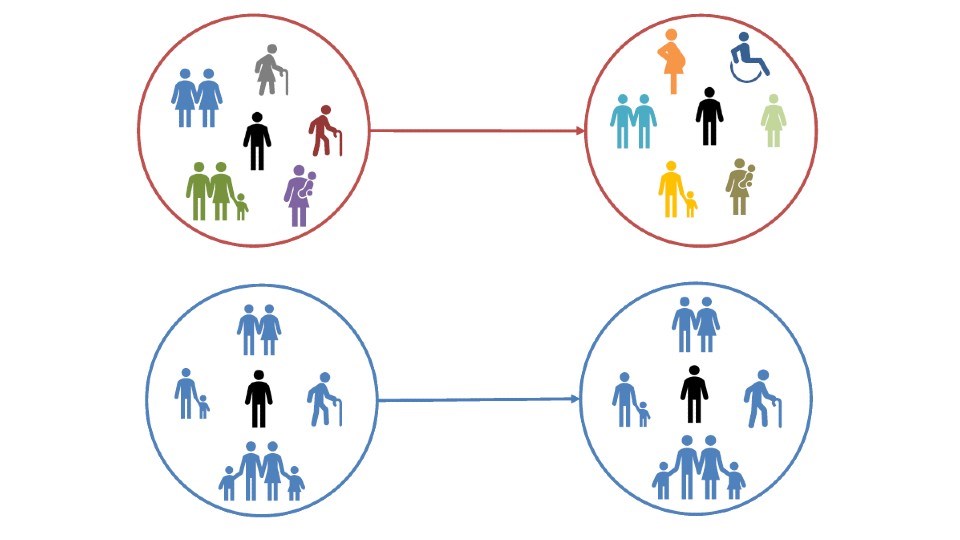A Ministry of Health technical briefing from Queen's Park Friday morning revealed there are new and more-relaxed guidelines for up to 10 family members and friends getting together and forming a "social circle".
The briefing, titled Safely Expanding Personal Networks, was presented by a ministry physician in a teleconference from across Ontario.
Premier Doug Ford and Health Minister Christine Elliott also addressed the new guideline during Friday’s COVID-19 briefing. You can read the documents provided by the Ministry of Health explaining social circles here and here.
The presentation was made on the proviso that the physician-spokesperson would only be referred to as a ministry official. He noted that since the pandemic was first defined in early March, the health ministry advocated that Ontario residents should physically distance themselves from anyone outside of their household, thereby creating a protective ring around the family.
"But we recognized that this also imposed a burden on many families who were cut off from their normal sources of social contact and support," the official said.
This means the ministry of health has decided to expand the meaning of social contact in all areas of Ontario.
"The Chief Medical Officer of Health is updating public health advice to encourage Ontarians to establish a family or social circle of no more than about 10 people who can then interact and come into close contact with one another without physical distancing," he said. In a family setting this can mean traditional handshakes and hugs he added.
"The purpose of social circles is to support mental health and well being and reduce social isolation, to provide more options for individuals and families that may need to receive additional support from other friends and family outside their current household; for example with child care or elder care," he explained.
He added that this will allow for reasonable social contact while reducing risk and in the event anyone tests positive for COVID-19, this should allow for quicker contact tracing.
Creating what he called a "safe" social circle, the ministry physician said to start with your immediate household and then add other members to the circle that you would normally be in contact with on a regular basis.
He said it was important to get agreement from others before adding new persons to the group. He said the agreement should also mean that the other members of the group would agree to maintain physical distancing from all others outside of the circle.
"And no one should be part of more than one circle," he added.
He said it is important to protect the social circle by limiting the number of persons you come into contact with outside the home circle.
"For example if you spent time with 10 people one day and spent time with a different 10 people the next day, that represents 20 opportunities to come into contact with someone who has COVID-19. On the other hand, if you meet with the same 10 people everyday, that cuts in half the number of opportunities for exposure," said the physician.
He said the idea of the social circle is different from the official restriction on public gatherings of 10 people. He said social circles are more intimate.
"Social circles of 10 are people who can get together without social distancing; without physical distancing. They can come into close contact, they can hug, they can kiss, they can do the things that families and friends do," he said.
On the other hand, he said, the limit of 10 persons in public gatherings, applies to situations with people who are not part of your social circle and in those cases, there must be a physical separation of at least two metres.
